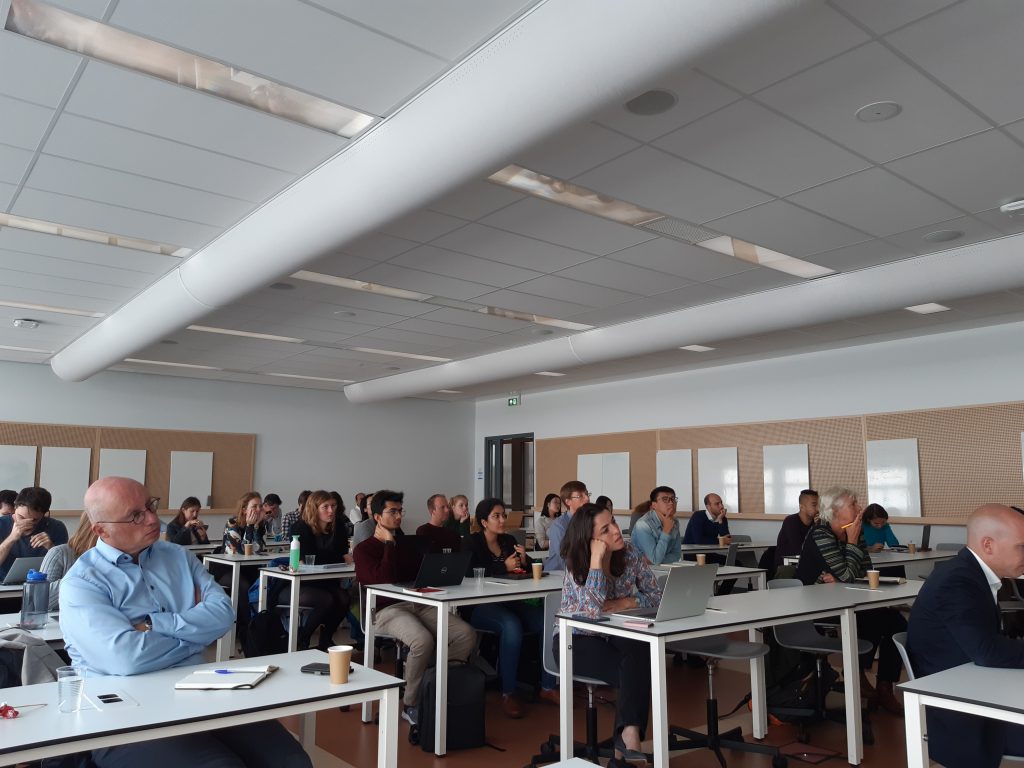Experience virtual reality with research. A VR experiment will be conducted by Yan Feng, a PhD candidate from T&P department, Civil Engineering and Geoscience Faculty of the Delft University of Technology. This is part of her PhD project.
What is the VR experiment?
The VR experiment is to investigate pedestrian behaviour in a virtual building. We want to validate whether VR can be used as a research tool to study pedestrian behaviour. During the experiment, you will wear VR glasses and finish several tasks in the virtual environment by providing information.
When and where is it?
The experiment will be conducted from 18th- 30th November, between 9:00-17:00. Every experiment takes ca. 30 minutes to finish. The location will be at the campus of TU Delft.
Who can participate?
Anyone is welcome! If you are interested, please join by filling out the recruitment form and select an available time for you from here: https://calendly.com/y-feng/vr
Any help is valuable!
We want to recruit as many participants as possible, so please share this information with all of your colleagues and friends. All help is appreciated. If you have any questions, please feel free to contact Yan Feng, y.feng@tudelft.nlThank you!












 As soon as this process is finished, analysis of the data will start.
As soon as this process is finished, analysis of the data will start.



